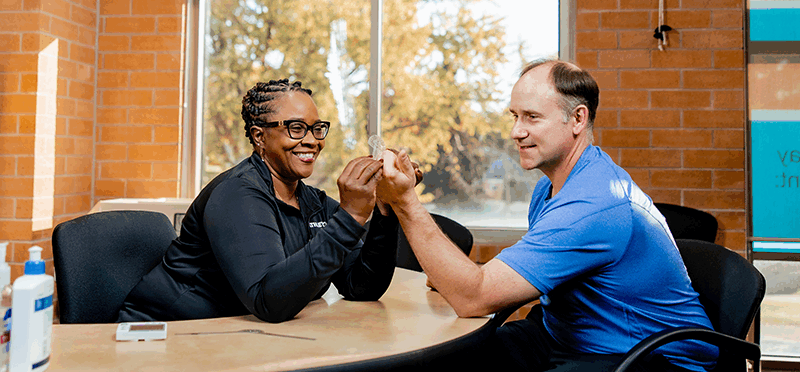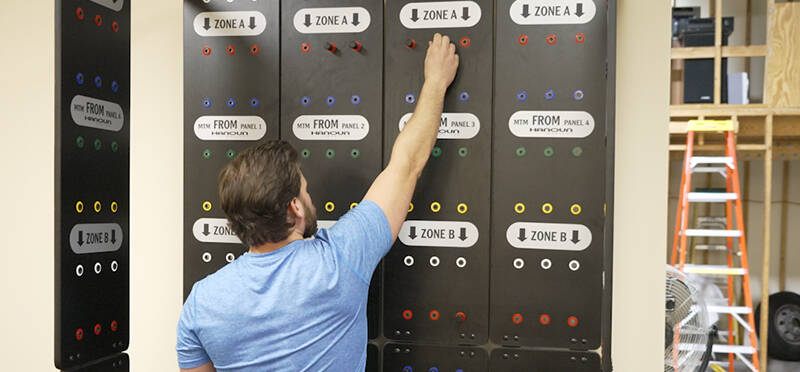Early Intervention in the Workforce
Posted on October 22, 2025 by Ali Nasreddine, OTR/L, OTD
Between 2001 and 2013, it’s estimated that 80% of injured workers utilized healthcare pathways at some point during their recovery....
(more…)











